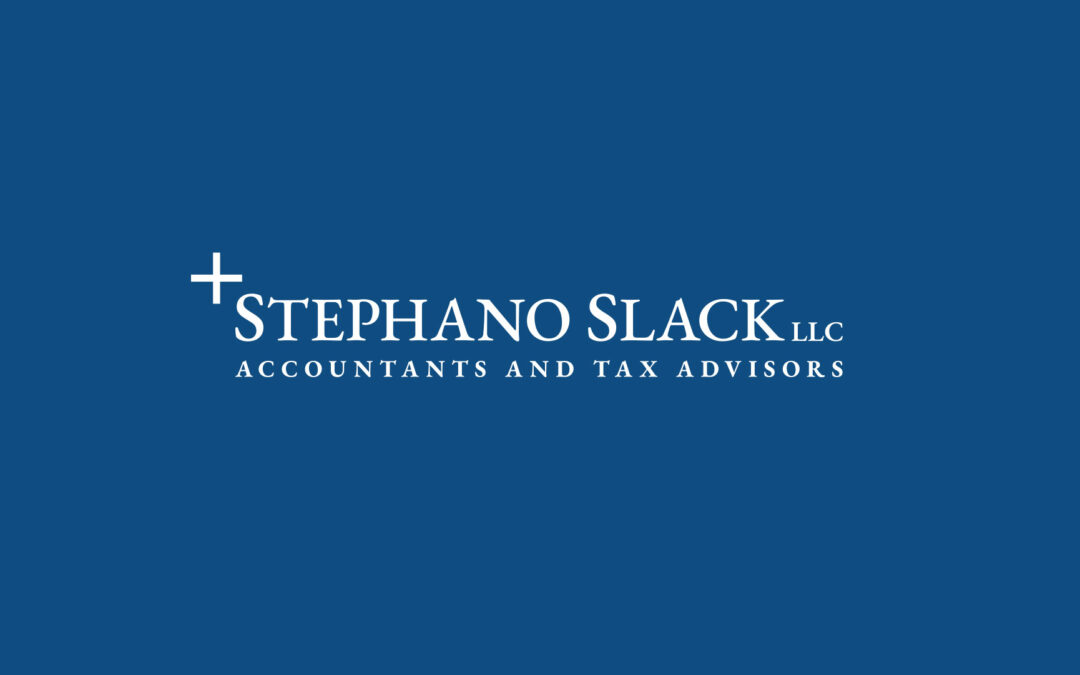Now that your 2016 Form 5500 and Employee Benefit Plan audit have been finalized, the next few months offer a great time to look at the current plan year and identity any potential issues prior to your 2017 audit. Identifying issues prior to the start of the audit will help ensure a smoother audit process and a quicker turnaround of your audited financial statements.
Below are 3 common issues identified during audits of employee benefit plans:
- Timeliness of Participant Contributions
The Department of Labor states that participant contributions must be contributed by the earlier of the 15th business day of the following month OR the earliest reasonable date on which the participant contributions can be reasonably segregated from your assets. For large plans, there is no definition provided for the “earliest reasonable date.” The time frame will differ from plan to plan based upon the pattern and consistency that you have shown on your remittances throughout the plan year. If you show the ability to segregate and remit the funds on the same date as payroll, then that will be the benchmark which will be applied to all future employee contributions. The most important thing to keep in mind regarding the timeliness of participant deferrals is consistency.
You should maintain a schedule calculating the number of days required for each payroll to be remitted into the plan and identify any potential issues regarding timeliness. This schedule of participant deferrals should be reconciled to total year to date payroll to ensure all amounts withheld were properly remitted to the plan. Additionally, multiple employees should be trained on how to properly remit participant contributions in the event you are not available.
- Adhering to the Definition of Eligible Compensation Defined the Plan Document
The definition of eligible compensation is plan specific and can be found in your plans adoption agreement. Defining eligible compensation can be difficult as it can defined as W-2 gross wages, Section 3401(a) wages, or 415 wages, all of which include or exclude various types of compensation. Additionally, eligible compensation can further be adjusted to include or exclude bonuses, commissions, severance, gifts, reimbursements, etc.
Most issues occur with eligible compensation when you add a new income code to payroll during the plan year. When adding a new income code, you should always identify whether it should be included or excluded from eligible compensation.
- Hardship Distributions and Suspending Participant Deferrals
It is likely that your benefit plan allows hardship distributions to be taken by participants. A hardship is allowable if it is due to an immediate financial need, the withdrawal must be necessary to satisfy that need, and participants must have first obtained all distributions or loans available. The IRS has defined six acceptable financial needs which qualify for a hardship distributions. Finally participants cannot contribute to the plan for six months following the withdrawal.
It is your responsibility to properly verify that the participant meets the guidelines identified by the IRS above. If the participant does not the requirements above, you can instruct them to request a loan or an in-service distribution, if allowable by the plan document. Additionally, you should receive formal documentation supporting the participant’s financial need, i.e. eviction notice, medical invoices, etc. and include the information in the participant’s personnel file. Finally, you should ensure that the participant’s deferral is suspended for 6 months following the withdrawal.
If you have any questions concerning issues in employee benefit plans or you are in need of an audit, please do not hesitate to contact us.
Jay Brooks, CPA
610-687-1600



Recent Comments